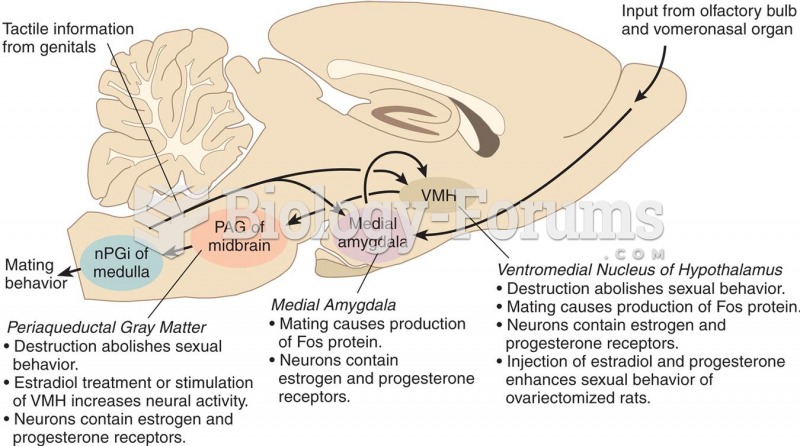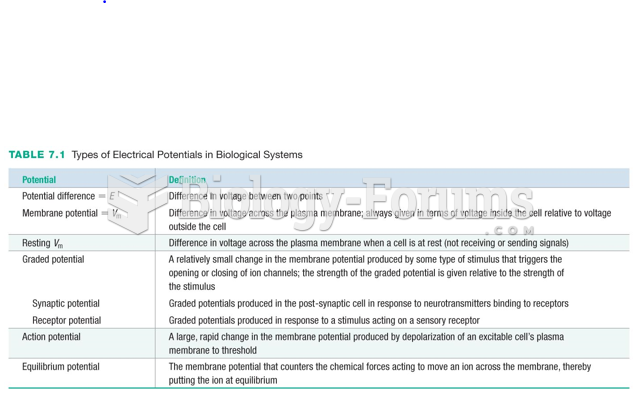Answer to Question 1
We have only correlational data on the causes of suicide. Biological theorists propose that abnormalities in the nervous system will correlate with suicide, and they have found one that does: low levels of the chemical 5-HIAA in the cerebrospinal fluid of suicide victims. This chemical is a byproduct of the neurotransmitter serotonin, so it seems likely that deficiencies in serotonin might be associated with suicidal tendencies. Research shows that patients with low 5-HIAA levels are more likely to be depressed, aggressive, and impulsive than others, a combination that points toward suicide. Most remarkable is that low levels of 5-HIAA have been discovered in suicidal individuals who had no history of depression. An association exists, but it is not clear whether biology is cause, effect, or directly involved at all in suicide.
Almost 100 years ago, the great sociologist Emile Durkheim proposed a sociocultural theory of suicide that is still useful. In his view, suicide reflects a relationship between the suicidal individual and his or her community. Individuals who fail to develop a nurturing network of social supports are unable to function adequately and become isolated. Disconnected, these individuals end their lives rather than remain alone. Finally, there are suicides caused by wrenching changes in people's relationship to society. An economic crash, a sudden loss of social status, or being forced to emigrate from one's homeland may be yet another trigger for suicides. These categories, however, do more to describe types of suicides than to explain them. Further, as much as the biological approach puts too much emphasis on the inner molecular world, the sociocultural approach excludes the internal, psychological world. Neither perspective gives a complete answer; the multipath modelwhich incorporates biological, psychological, social, and sociocultural factorsgives a more complete picture of what suicide is and how it occurs.
Answer to Question 2
a







